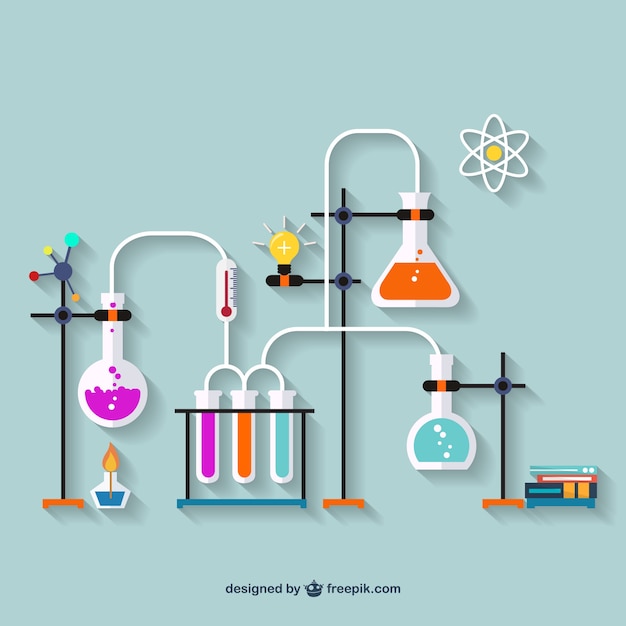 Glass is an inert substance (which acts as a natural barrier against bacteria), hard, brittle, and amorphous made mostly from silica sand (SiO2), sodium carbonate (Na2CO3) and limestone (CaCO3), melted at high temperatures with borates or phosphates.
Glass is an inert substance (which acts as a natural barrier against bacteria), hard, brittle, and amorphous made mostly from silica sand (SiO2), sodium carbonate (Na2CO3) and limestone (CaCO3), melted at high temperatures with borates or phosphates.
It's colour varies depending on the ingredients used in its manufacture, so it can be transparent, translucent or opaque.
Glass is a material that by it's characteristics is easily recoverable and classified according to it's colour, among the most common are transparent, green and blue.
Although the glass is made from relatively inexpensive raw materials, the extraction of the materials causes a significant impact on the landscape, however, recycling helps to reduce this problem. It should be mentioned that this material, like no other, can be recycled as many times as you like, without ever losing its properties.
In our case, almost entirely or most of the laboratory instruments are manufactured with this material and sometimes is used a special glass prepared to withstand high temperatures (Pyrex) or certain chemical aggression.
This substance is very interesting, has a broad content, has infinite applications and sometimes being so common, because wherever we go we see it and many times we do not know what is actually composed.
In my opinion, it's a very clean material compared to plastic, where is the last, can generate interactions with matters that contain it, in addition to delivering grater durability and freshness to the products by not being porous. Also have multiple uses, for example in jewelry (crystals), architecture, cars and until to appliances electronics.


